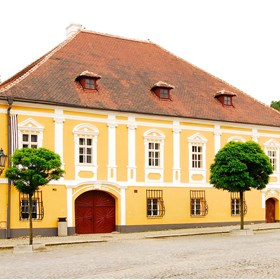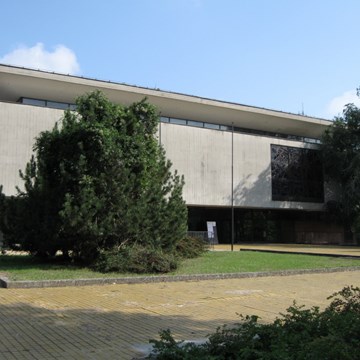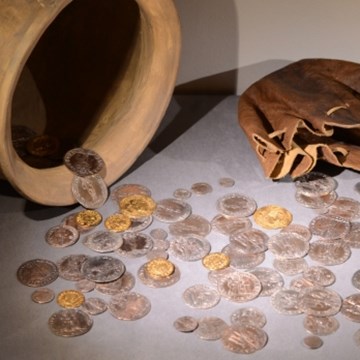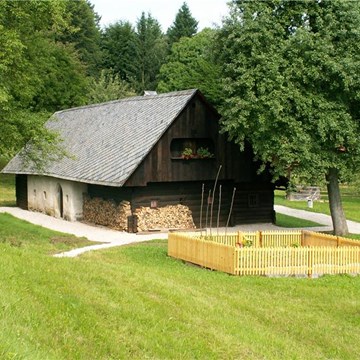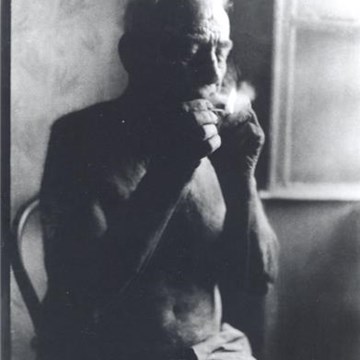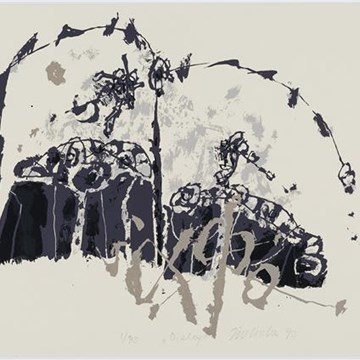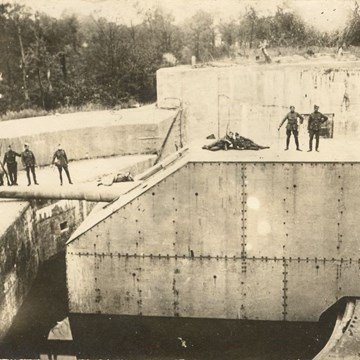MAK Center for Art and Architecture
The MAK Center operates from the landmark Schindler House (R. M. Schindler, 1922) in West Hollywood, and the Mackey Apartments (R. M. Schindler, 1939) and the Fitzpatrick-Leland House (R. M. Schindler, 1936) in Los Angeles. It was established in 1994 as a California satellite of the MAK, in cooperation with the Federal Chancellery of Austria / Arts Division and the Friends of the Schindler House. It is unique in its role as both historic site and exhibition space.
Established as a Californian branch of the MAK in 1994 in cooperation with the Federal Chancellery of Austria / Arts Division and the Friends of the Schindler House, the MAK Center exemplifies an extraordinary strategy: the three Schindler Houses, milestones in the history of architecture, are used as exhibition and event spaces, as well as places of research, art creation and interdisciplinary dialog.
The Schindler House was designed and built by Austrian-American architect Rudolph M. Schindler in 1921/22 as a cooperative live/work space for two young couples. One of the earliest modern houses, it has influenced and inspired generations of architects worldwide. It redefined notions of public and private, and indoor and outdoor space; broke new ground in the design and construction of the modern dwelling; and became a site of forward-thinking aesthetic, cultural, and political activity throughout the 1920s50s.
It is the mission of the MAK Center to continue the conversation initiated by Schindler by generating local, national, and international projects that explore experimental ideas in modern and contemporary art and architecture. Programming includes exhibitions, lectures, symposia, performances, film screenings, concerts, publication projects, and site-specific new work commissions, often developed with guest curators, artists, and architects. Through interactive dialogue in response to shifts in discussion and practice within the arts and architecture, the MAK Center serves as a vehicle through which ideas are continuously tested and considered by a fluent and engaged audience.
Selected major exhibitions include: Martin Kippenberger: The Last Stop West. METRO–Net Projects (1998); Frederick J. Kiesler: Endless Space (2000/01); Architectural Resistance. Contemporary Architects Face Schindler Today (2003); Yves Klein: Air Architecture (2004); Günther Domenig: Structures that Fit My Nature (2005); Isaac Julien: True North (2005); The Gen(H)ome Project (2006/07); Arnulf Rainer. Hyper-Graphics (2007); Locus Remix: Three Contemporary Positions with Katie Grinnan, Ismail Farouk, and Dorit Margreiter (2008/09); The Isle, an installation by Nasrin Tabatabai and Babak Afrassiabi (2009); Otto Neurath: Gypsy Modernist (2009/10); How Many Billboards? Art In Stead (2010); Fractional Systems. Garage Project II (2010); 91 92 93 with Andrea Fraser, Lincoln Tobier, and Simon Leung (2011); and Sympathetic Seeing: Esther McCoy and the Heart of American Modernist Architecture and Design (2011/12).
The MAK Center also expands beyond its historic walls to engage the city as site for artistic interventions. For example, How Many Billboards? Art In Stead was a large-scale urban exhibition that debuted twenty-one new works by leading contemporary artists, presented simultaneously on billboards throughout Los Angeles from February through May 2010.
A core program of the MAK Center is the international MAK Artists and Architects-in-Residence Program housed at the Mackey Apartments in the Mid-Wilshire District of Los Angeles. Each year the Center offers two six-month residencies to a total of eight artists and architects from around the world, selected by a high-profile jury convened in Vienna. Resident artists and architects live and work in the renovated apartments, and conceptualize, compete, and present projects at the MAK Center in biannual exhibitions in March and September.
After a major renovation, the Fitzpatrick-Leland House was generously donated to the MAK Center in 2007. It first served as a base for the MAK Center’s Urban Future Initiative (UFI), a two-year exchange for cultural thinkers from diverse nations to cultivate visionary conceptions of urban space (this fellowship program was funded by the US Department of State with $ 410,000). Since then, the Center has dedicated the house to small-scale events and the lodging of international cultural researchers visiting Los Angeles for artistic and scholarly pursuits.
The MAK Center’s programs draw a diverse audience that includes local and international artists, architects, students, scholars, educators, and art and design aficionados
Kimberli Meyer, Director, MAK Center for Art and Architecture, Los Angeles
For further information please visit MAKcenter.org
Other venues
Exhibitions and events
We don't have anything to show you here.
Educational programs
We don't have anything to show you here.



